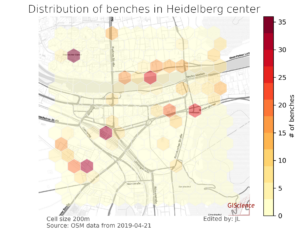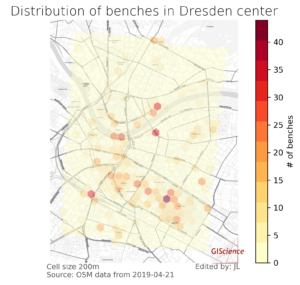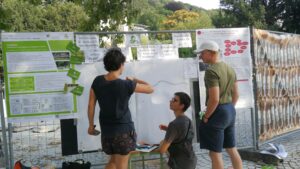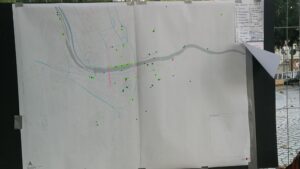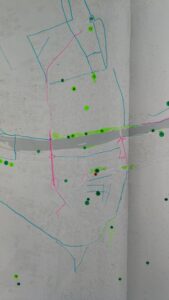Where is the next shaded bench to escape the burning heat? Where can I play soccer within the city and later on have a barbecue with my friends? All of these questions require information about features of urban green spaces. Although it is easy to find the right place within your own neighbourhood, it is usually more difficult if you are in an unfamiliar area. Together with our partners of the meinGrün project we are developing an app which will help you find and navigate to the best green space for your needs, no matter where you are.
But wait, first we need to gather the data before we can make recommendations. Our partner cities Heidelberg and Dresden have already provided us with a lot of valuable information about public urban green spaces. But still, these data sets don’t provide all the necessary information about green spaces that we need e.g. there is no official data set of benches in Heidelberg. To fill these data gaps we are exploring what kinds of urban green space features we can extract from OpenStreetMap (OSM) and at what quality to complement the municipal data. As a preliminary analysis we queried the number of benches across the cities Heidelberg and Dresden using the ohsome API by HeiGIT.
Looking at the map for Heidelberg, we can see that the distribution is quite heterogeneous, with parks generally showing higher numbers of benches. In Heidelberg for example, the number of mapped benches in the old town and at the Neckarwiese (popular public green area) seems rather high, while the campus Im Neuenheimer Feld shows only one hotspot for benches at the botanical garden. To draw conclusions regarding the mapping completeness just from looking at these distributions is risky, since some areas, e.g. especially industrial areas, may not even contain benches. Therefore, we are looking at ways to better quantify mapping completeness and OSM data quality indicators.
An initial approach is to find correlations in the data: are there many active OSM editors in an area where there are no benches? How many benches can usually be expected in areas with e.g. landuse=park? Are for example waste bins usually associated with benches?
Below maps show the number of contributing OSM editors for both Heidelberg and Dresden, as well as the number of mapped waste baskets for these locations.


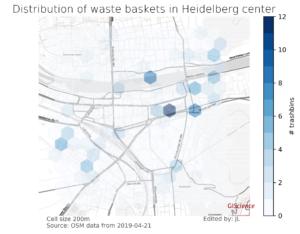
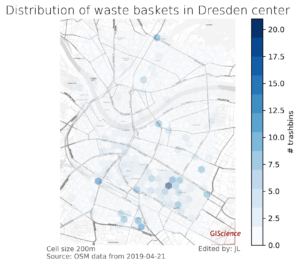
Generally, by visually inspecting the maps, we can see that there are usually a higher number of trash cans associated with areas containing benches. In the example from above of the botanical garden, we see that trash cans are barely mapped, while there are quite a few editors active in that area. It would be one area to investigate, whether there are indeed trash cans, just waiting to be mapped in OSM! Regarding the campus area, where neither benches nor trash cans are mapped in in larger numbers, we also see only a marginal amount of OSM users. Does this indicate missing data in OSM? We’re working hard on exploring some indicators to discover missing data in OSM!
In order to fill some of those data gaps, we would also like to encourage more people in Heidelberg and Dresden to share their local knowledge of urban green spaces by contributing to OSM. Therefore, we joined the roadto_ festival last Saturday, July 6th 2019, organized by the DAI in Heidelberg.
People were very interested in the project and excited to be able to contribute their perception on local green spaces and route quality. Our map of Heidelberg quickly filled up with green spots, where people denoted their favourite activity in their special green space, as well as blue routes that they prefer for biking through the city. Pink routes and spots indicated problematic routes with e.g. lots of traffic, short traffic light signals etc.



